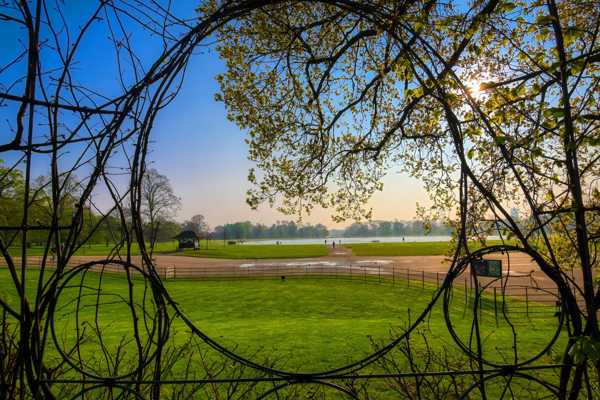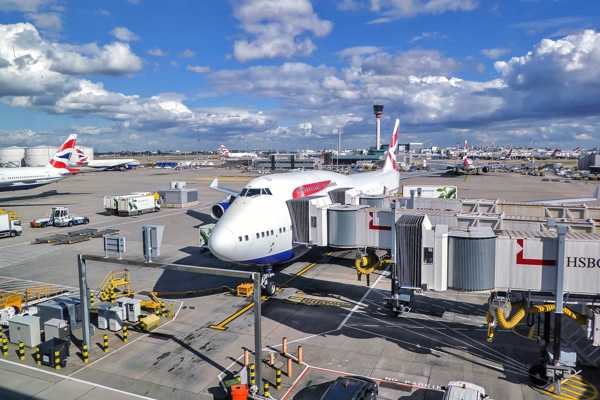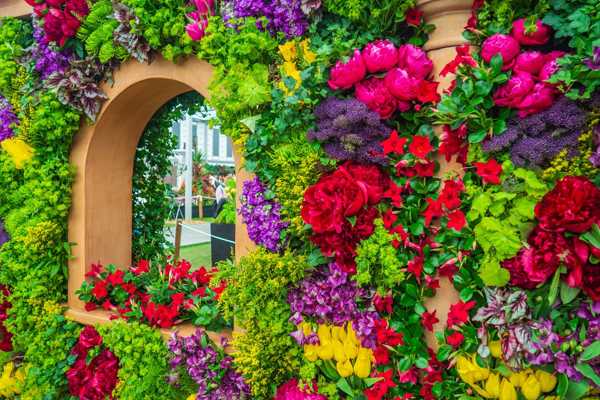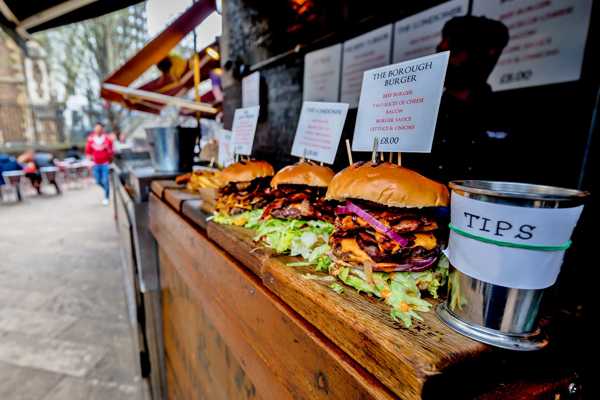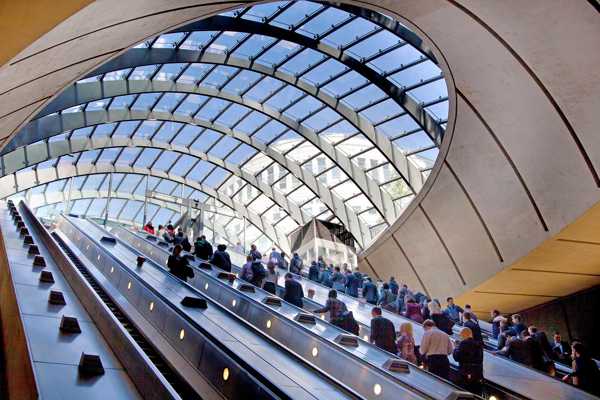Westminster Abbey is a historic London church near the Houses of Parliament and Big Ben in Westminster. These landmarks are part of the same UNESCO World Heritage Site. Inside the abbey is the grave of the Unknown Warrior, a body brought back from France in 1920. It contains soil from a battlefield and is covered by marble from Belgium.
Around the church are statues, tombs, and plaques dedicated to many famous figures, such as Henry Purcell, Edith Cavell, Dame Peggy Ashcroft, and Martin Luther King. The north aisle of the nave is called Scientists' Corner, which contains memorials to Sir Isaac Newton and Charles Darwin as well as the ashes of Stephen Hawking. Literature buffs come to pay their respects at Poet’s Corner, where there are graves or memorials of over 100 poets and novelists including William Shakespeare, the Brontes, Jane Austen, and C.S. Lewis.
Westminster Abbey in London - one of the highlights of 12 Best Free Things to Do in London (Read all about London here)
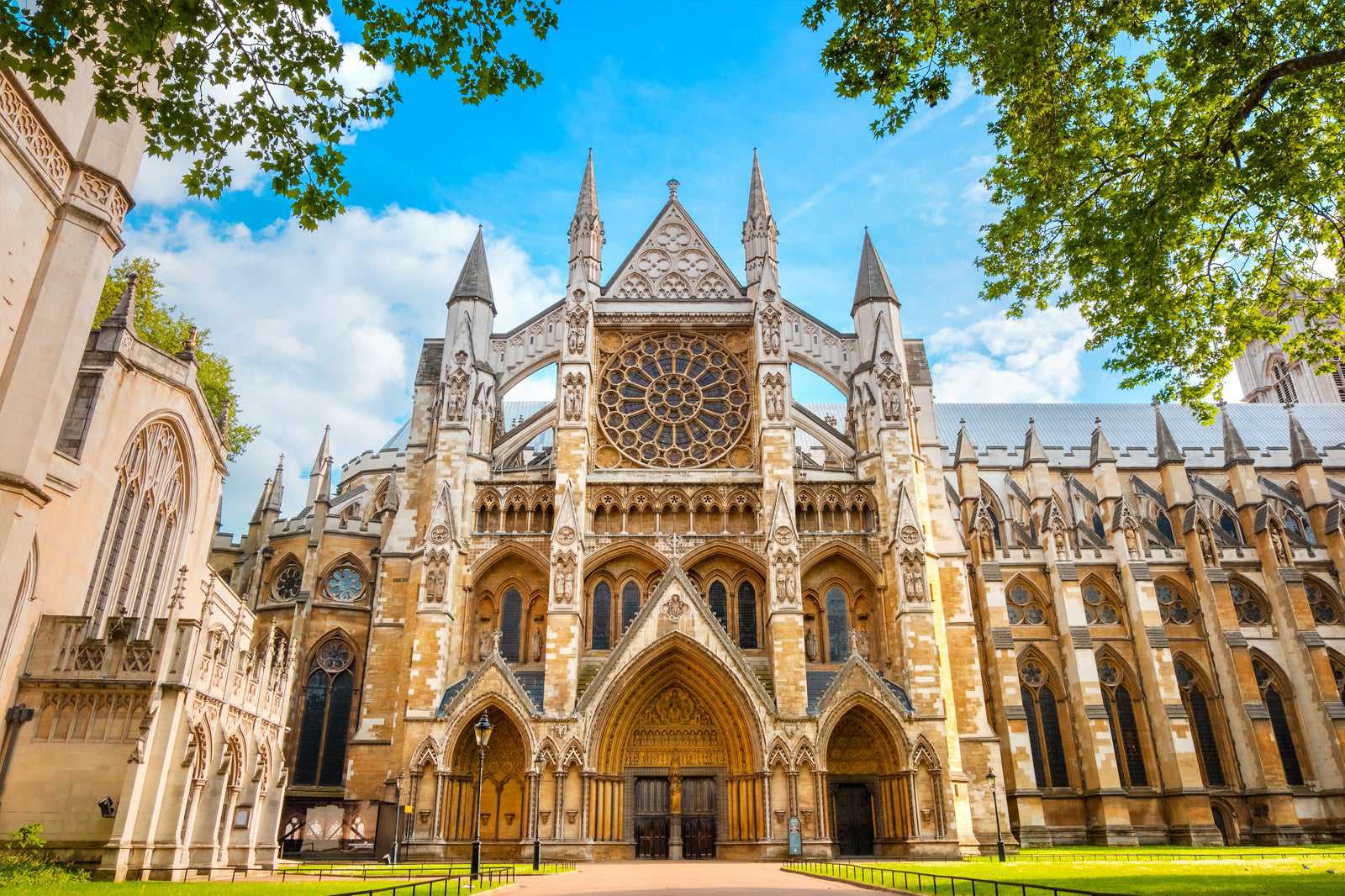
A brief history of Westminster Abbey
Westminster Abbey is famous for its links to the royal family. From the time of William the Conqueror, most monarchs have been crowned there. Edward V died – presumed murdered – before he could officially become king. Edward VIII abdicated after his father died. HM Elizabeth II was coronated here in June 1953.
Royal weddings at Westminster Abbey began with Henry I in 1100. Queen Elizabeth II also married at Westminster Abbey, like many other royals before and after her. In 2011, her grandson, Prince William married Catherine Middleton. The church also contains the tombs of many British kings and queens. The earliest is that of Edward the Confessor. Nowadays, state funerals take place at Westminster but members of the Royal family such as the Queen Mother are buried at Windsor.
Charles Dickens is the among the many poets and novelists memorialised in Westminister Abbey. However, this was against his wish as he left instructions for a low-key burial in his beloved hometown of Kent. The British public demanded that he should be laid to rest at Westminster instead.
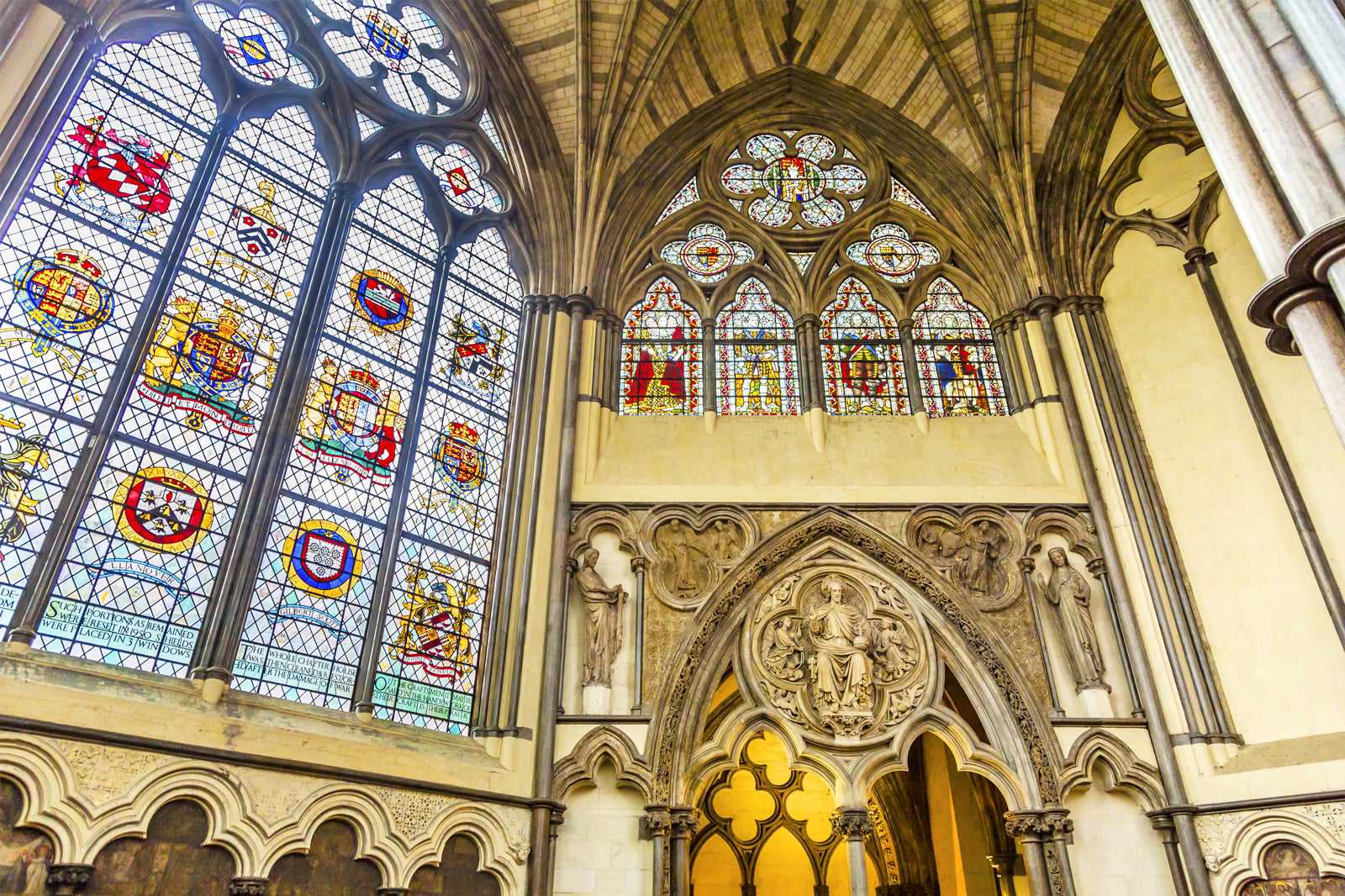
What are the highlights and features of Westminster Abbey?
Westminster Abbey’s history spans over 1,000 years. Benedictine monks founded an abbey here in AD 960. In the 11th century, King Edward the Confessor built a church on the site. The present building is mostly the work of Henry III, who laid the foundation stone in AD 1220. Architecturally, it’s mostly gothic in style.
The oldest surviving part of the church is the Pyx Chamber, which was built by monks around AD 1070. You’ll find it off the East Cloister of Westminister Abby. The science of dendrochronology proves that Britain’s oldest door is in the abbey, leading to the Chapter House. It uses timber that men felled in AD 1032 but the door itself dates from about AD 1050.
The floor in front of the High Altar is an example of a Cosmati Pavement. It was created in AD 1268 when Edward the Confessor brought in specialist artisans from Rome. It features inlaid stonework with an abstract design. Over in the Chapter House, there’s another 13th-century tiled floor constructed in the English style.

Good to know about Westminster Abbey
One of the most contemporary features of Westminister Abbey is the Queen's Window. The church commissioned it in 2018 to commemorate Queen Elizabeth II when she became England’s longest-serving monarch. Acclaimed artist David Hockney created a vibrant and colourful piece which replaced a pane of plain glass. It depicts the Yorkshire countryside in spring, a nod to Her Majesty’s love of the outdoors.
Everyone is welcome at the abbey's Sunday services – you don't have to be Anglican to participate. Book a verger-led tour to see fragile parts of the abbey that are usually off-limits to regular visitors, like Edward the Confessor’s tomb. They provide an expert commentary and can answer questions about the building. A multimedia guide is available as well.
Westminster Abbey in London
Localização: 20 Deans Yd, Westminster, London SW1P 3PA, UK
Abre: Monday–Tuesday and Thursday–Saturday from 9.30 am to 3.30 pm, Wednesday from 9.30 am to 6 pm (closed on Sundays except for services)
Telefone: +44 (0)2072 225152











